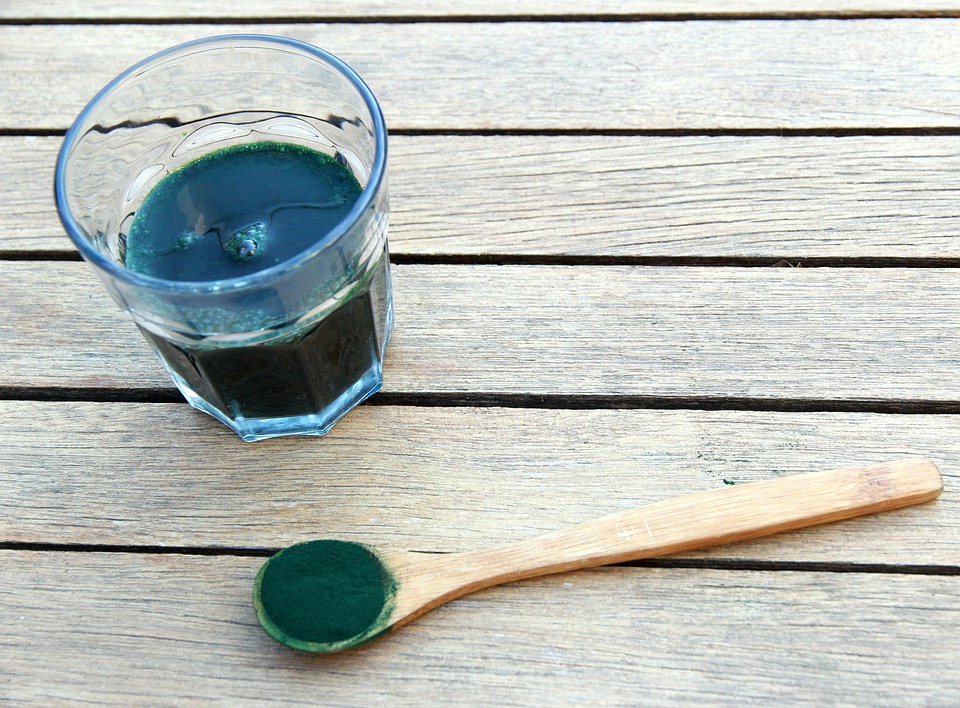Growing rosemary is not uncommon among gardeners today. With its wide use in cooking, having this herb around will be handy.
Where to Plant Rosemary
Select an area in your garden that gets sunlight. It should have little shade (unless it gets very hot). Soil drainage must be very good. Cultivating them on raised beds is recommended. The soil pH should be 6.5 to 7.0.
Planting the Rosemary
It’s best if you start with cuttings or grow them indoors. When transplanting, bury it as deep as you did in the container.
The plant needs a couple of feet of space. Good air circulation is a must. If you’re growing rosemary from starter plants, plan so you get to start in the early spring.
The clay pot should also be at least a foot deep and a foot wide. They also need to have excellent drainage.
The potting mix needs to be light but somewhat coarse. You can use some perlite soil.
Transplant them when the seedlings harden. Move them outdoors when all frost threats have dissipated.
Proper Care and Maintenance
These plants need regular watering but just enough to moisten the soil. Spraying with tepid water twice a week will be fine.
When growing rosemary give it compost tea during early summer and springtime.
If your rosemary is in a container, bring it indoors during the winter. If there’s no sunlight, fluorescent lights will do.
Rosemary plants don’t like being relocated. Think carefully about where you want to plant then.
Pests and Problems
Powdery mildew is one of the most common threats. This will happen when there is too much humidity.
Lack of good airflow is another culprit. You can prevent this by allowing the soil to dry a little after each watering session. Use an electric fan if airflow is the problem.
Aphids and spider mites are other common pets. Use an anti-insecticidal soap to eliminate them.
Tips
Rosemary comes in many varieties and colors. It’s best if you purchase from a specialty store.
They’ll usually have a lot more information concerning the characteristics of each variant.
If you live in a place where frost isn’t a problem, you can grow these herbs anytime. You’ll just need sandy soil. A spot with 8 hours of sun is recommended.
Regardless of where you’re growing rosemary, fertilization is needed. A combination of fish and kelp will be very helpful during springtime.
Rosemary really doesn’t need a lot of it, but regular spraying of emulsion will help. You’ll need to put the rosemary indoors when the temp hits 30 F.
It’s one of the reasons why some people prefer to grow them in containers. The terra cotta is the best choice.
Ensure that it doesn’t bake. It must also be very dry before being used. Use lights in lieu of the sun. It will need at least eight hours of it. Warmth isn’t as vital.
Using these guidelines and suggestions, growing rosemary can be simplified. With these in mind, you’ll never run out of seasonings for your foods.


